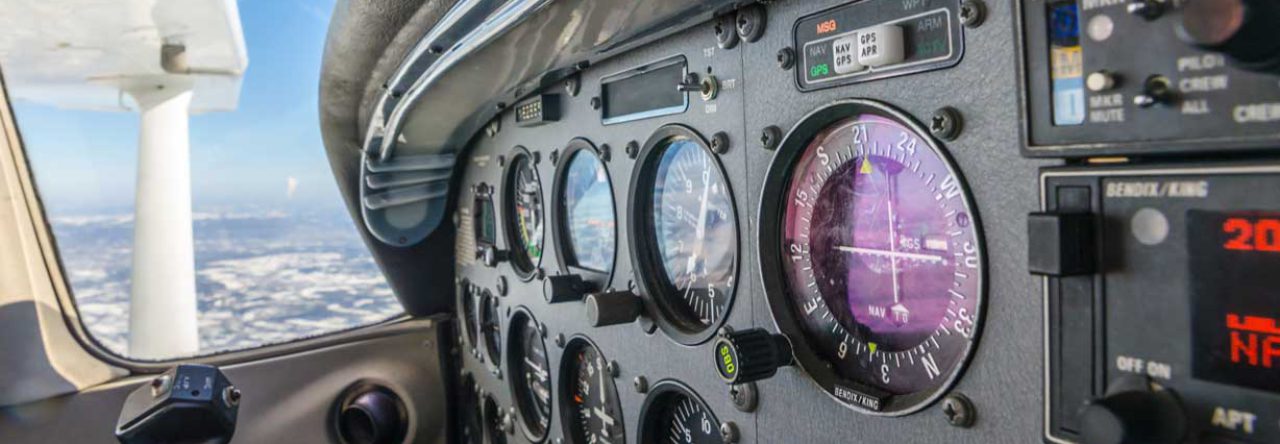A requirement before I solo at the flying club in which I am learning to fly, is that you must be signed off by the chief flight instructor before you are allowed to solo. My instructor has been hinting that I was ready and she wanted me to fly with another instructor to put me through the paces before I take my ride with the chief flight instructor. A second opinion of sorts. lol
After preflight I met with my alternate instructor for the day and we got all strapped in. I went through my checklist for startup and run up. As we taxi’d to runway 3, he said “Go ahead and take us out to the practice area and when you’re ready, we will go through some maneuvers. Your Primary instructor said I should work on getting you to hard break a stall.” Ok, he actually said my instructors actual name but trying to keep it a bit anonymous here to protect the innocent. Also, a little background. Every stall that I have ever performed has been some weird mush stall where I just lose altitude but the nose never actually drops. So today, we are going to take care of that. Another thing that was weird about this flight is he acted like a passenger. None of the usual instructor talk or anything as I took off and headed to the practice area. I am sure he was evaluating how I would handle it alone, but was still a little strange, like I was just taking him for a ride.
Ok back to the deal. So we get out to the practice area and he asked me to do a clean straight ahead stall. Clean == No Flaps, for the uninitiated. So I do my usual deal and I hear the stall horn and we start to slowly bleed off altitude. At this point he asked me to recover then try again. This time as the stall horn started he said to pull it back hard to the stop to get it to break. And boy did it! It was a weird feeling and I seem to recover nicely. We did a couple or more like this as well as some with full flaps. After getting over the weirdness, I have to admit it was kind of fun. Then he asked me to do a departure or power on stall. I haven’t actually practiced this one yet so he demonstrated. I took what I learned from the others and was able to do that one with no issues.
Next, the curve ball. “Go ahead and do a turning stall, like you are on a turn to crosswind.” Uh…… Uh… ok. I have never even attempted a turning stall… this should be interesting. I knew this was on the check ride so I have to learn it but I figured there was a reason I haven’t…. I guess the reason was, I wasn’t doing stalls that well.
So turning stalls are interesting as you are actually banked and pitched up while bleeding off speed. Other than being in a turn, it wasn’t a whole lot different from the other stalls… and after 3 or 4, I was doing them well.
Overall, I felt pretty good as in a lot of cases I was only losing 30-40 feet of altitude which is well within practical test standards needed for my check ride, 100 ft. My substitute teacher seemed pleased as well.
He then asked, “Anything else you are having trouble with that I can help?” I responded that my white whale seems to be steep turns. So I show him and of course, I complete a nearly perfect steep turn to the right. Then I perform a nearly perfect one to the left. hmmm? He gave me some tips and then shows me how to perform a hands off steep turn by adjusting trim and throttle. My current instructor teaches me to do it by hand with both hands on the yoke at 95 kts to limit variables. For now I will keep his tip in the tool bag for future use.
We had been at it pretty hard for over an hour so he tells me to take him back to the airfield. We chat about our past history with aviation, me being an a son of an Air Force mechanic and he being a retired Navy tech. He told me about how he came into aviation as well as stories about his days in the Navy. Great conversation for an Av Geek like me. Once in range, I go through the checklist and make my inbound radio call. I enter the pattern and run through my normal landing procedures. I hit base leg a little high and adjusted. By the time I turned final and stabilized, I was right on the money. I as pulled back to level off a second or two and the wheels lightly touched and I set the nose on the center line. Totally greased it! I hear, “Fantastic job” and I was grinning ear to ear.
As we taxi’d back, my new instructor/friend regaled me of his tales in the Navy and his past life as a crop duster. I buttoned up the plane and we took the conversation inside for another hour of conversation. All in all, it was a great day to fly and get to know each other. Next step, schedule that ride with the chief flight instructor.


